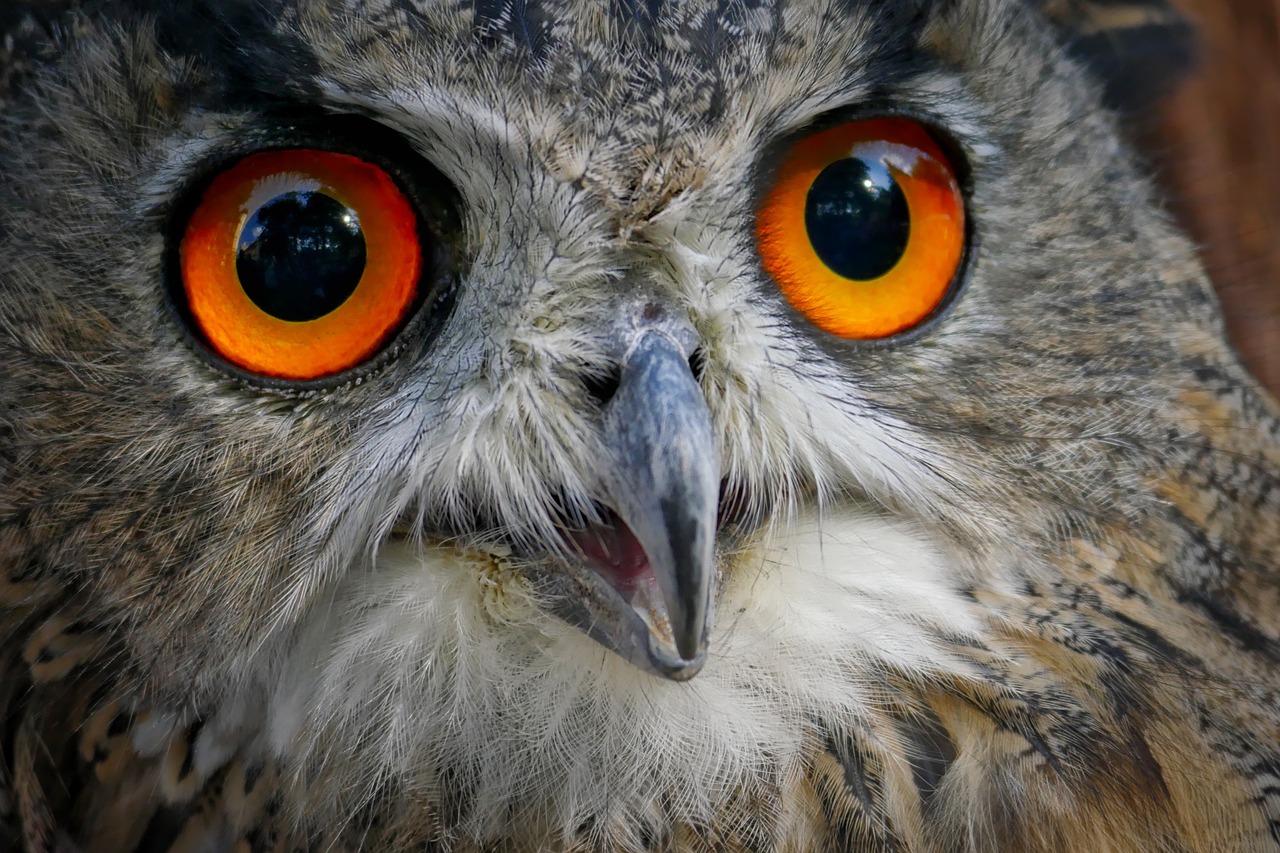Mimir: The Wise Sage of Norse Mythology
Mimir is hailed as the archetype of wisdom among beings in Norse mythology, although the specifics of his origins remain ambiguous. Various sources, including the Eddas and other ancient texts, provide insights into his life and merits. This exploration seeks to reinterpret the known facts and fill in the blanks with logical deductions.
Despite the uncertainty surrounding his beginnings, Mimir’s stature as the wisest among both the Aesir and jotnar is widely accepted. A revered advisor for the gods, his guidance to Odin continued even post-mortem, when he lost his head.
Key Information About Mimir
- Parents: Likely the son of the jötun Bolthorn (Bölþorn)
- Partners: None recorded
- Siblings: Bestla, the mother of Odin (if Bolthorn is indeed his father)
- Offspring: None documented
- Tribe: Ambiguous (Aesir, Jötun, or both?)
- Old Norse Name: Mímir
- Alternate Names: Mim, Mimer
- Domain: Wisdom and Knowledge
- Associated Animal: The well of Mimir (Mímisbrunnr)
The Name “Mimir”: Etymology and Significance
Mímir’s name is laden with historical and linguistic intricacies, reflecting a long etymological lineage. Scholars suggest it derives from the Proto-Indo-European verb *(s)mer-, which signifies thinking, recalling, reflecting, and worrying. This connection to intellectual thought mirrors Mímir’s role as a symbol of wisdom in Norse legends.
Mímir’s Representation Through Kennings
In Old Norse poetry, kennings, or inventive metaphors, served as a colorful means to describe gods, giants, and mythological concepts. Some notable kennings associated with Mimir include:
- Friend of Mímir: Refers to Odin, highlighting their close relationship and Mimir’s indispensable counsel.
- Mischief-Mimir: Often pointing to a jötunn, this kenning suggests a more complex relationship within the giant races.
- Sökkmímir: Though not directly tied to Mimir himself, it denotes grand halls in jötunn realms, implying Mimir’s broader connections within the giant community.
Unraveling Mimir’s Origins
The quest to understand Mimir’s background reveals competing narratives. It’s reasonable to conjecture that Mimir was born a jötun, tracing his lineage back to Bolthorn, making him Bestla’s brother and Odin’s uncle. Various ancient texts support this notion, suggesting a mixed heritage that complicates his categorization as either Aesir or jotun.
The Nafnaþulur section of the Prose Edda lists Mimir as the third jötun, reinforcing his lineage. Moreover, Mímir’s Well of Knowledge (Mímisbrunnr) situates him under Yggdrasil’s roots that extend into Jotunheim, further implying his ties to the giants.
Mimir’s Character and Deceptive Nature
In the poetic works, like Grimnismál, Odin references Mimir as an “Old Jötun,” adding to the implication of a dual identity. The evidence hints that Mimir may embody elements of both worlds, Aesir and jotun, reflecting the inherent complexities of Norse mythology where identities persistently overlap.
Complex Nature of Mimir’s Identity
Though Mimir emerges as a jötun by origin, similar to several Aesir gods who evolved from their own backgrounds, he represents how affiliations can transform one’s identity within the pantheon. Other notable figures, such as Njord and Tyr, share similar ancestries, yet integrate seamlessly among the Aesir. The exchange of Mimir and Hoenir for Njord and his offspring post-Aesir-Vanir war further complicates this narrative.
Mimir’s Role in Norse Mythology
Mimir fundamentally connects the diverse aspects of wisdom in Norse lore. Mímisbrunnr serves as not just a source of wisdom, but a pivotal character in ensuring knowledge survives through the cosmos. His decapitated head, preserved by Odin’s magic, promises continuity of guidance, rendering him invaluable to the Allfather in times of chaos, including Ragnarok.
Narrative of Mimir’s Fables
Throughout the sagas, Mimir finds himself integral to key events, especially the Aesir-Vanir conflict. His beheading at the hands of the Vanir is pivotal, showcasing the tragic consequences of war and its ensuing quests for wisdom as Odin fights to preserve Mimir’s essence.
Odin’s journey to Mímisbrunnr, where he sacrifices his eye, epitomizes the lengths he would go for knowledge. Mimir’s continuing counsel, even in death, underscores the unparalleled significance the character holds within mythological narratives.
Interwoven Cycle of Life and Wisdom
Mimir’s connection to Yggdrasil, bolstered through references like Hoddmímis holt, signifies the cyclical nature of wisdom and survival. This forest, where humanity is foretold to endure the cataclysm, intertwines Mimir into the greater essence of life’s persistence in Norse legend.
Documentation in Ancient Texts
Mimir’s legacy reverberates throughout classical Old Norse literary works, illustrating his substantial role in the mythos. Mentioned in various texts such as the Poetic Edda and Heimskringla, Mimir epitomizes wisdom, sacrifice, and continuity.
In conclusion, Mimir stands not merely as a guardian of wisdom but as a complex character embodying resilience, bridging the past and future within Norse mythology’s vast narrative landscape. His saga reveals the essence of heritage, identity, and the enduring quest for knowledge across generations.



